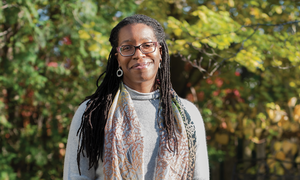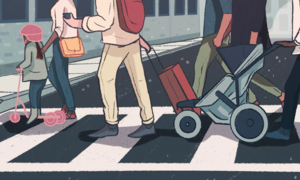As an eighth-grade writing teacher, I routinely focus on reading student writing and utilizing it for several purposes. I am designing effective lessons, creating sound rubrics for assessment, developing peer conferences and monitoring their ability to meet standards and benchmarks. However, I often forget about one of our most important, frequently overlooked roles as writing teachers: our role as listeners.

